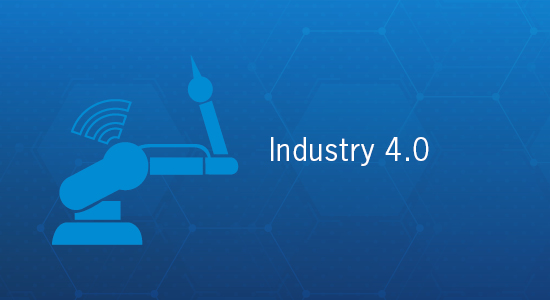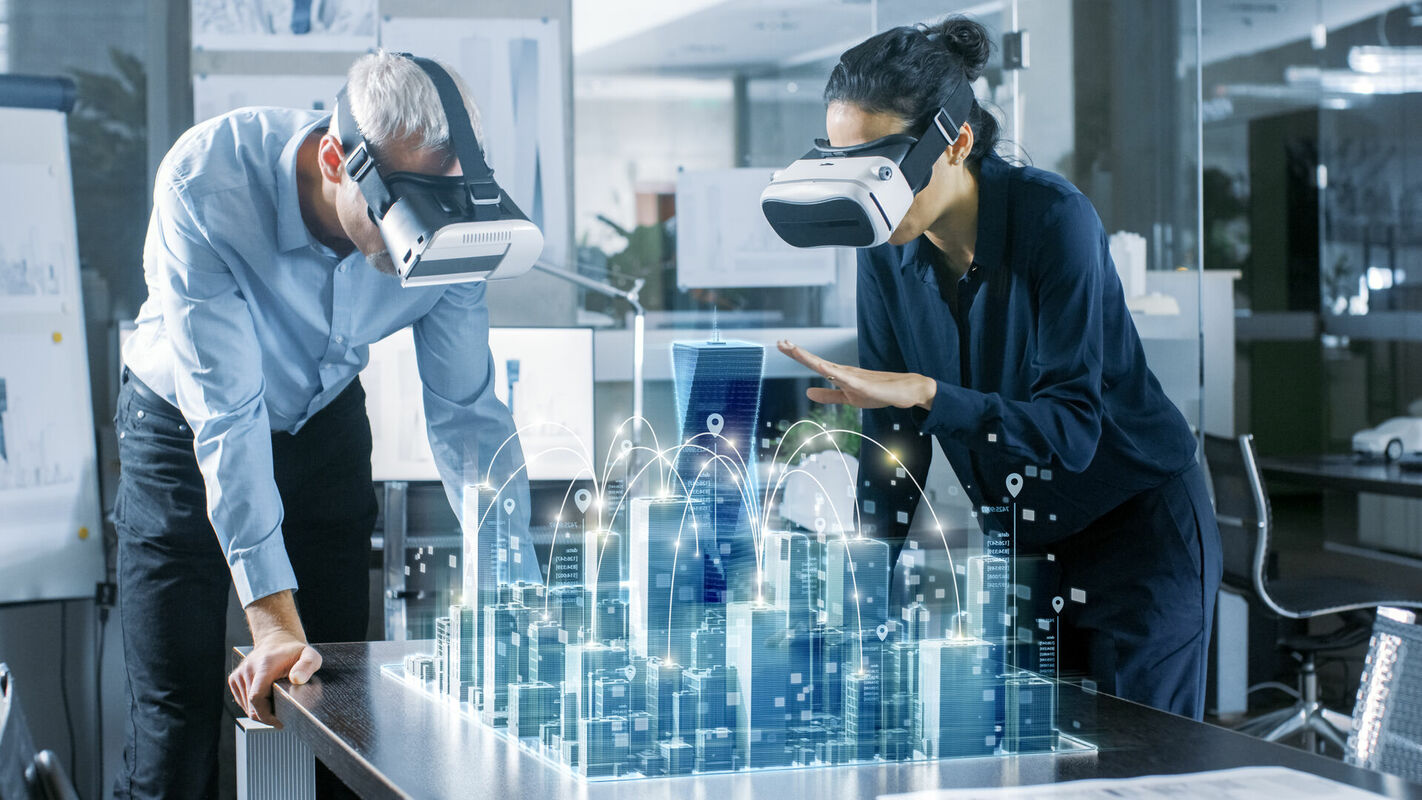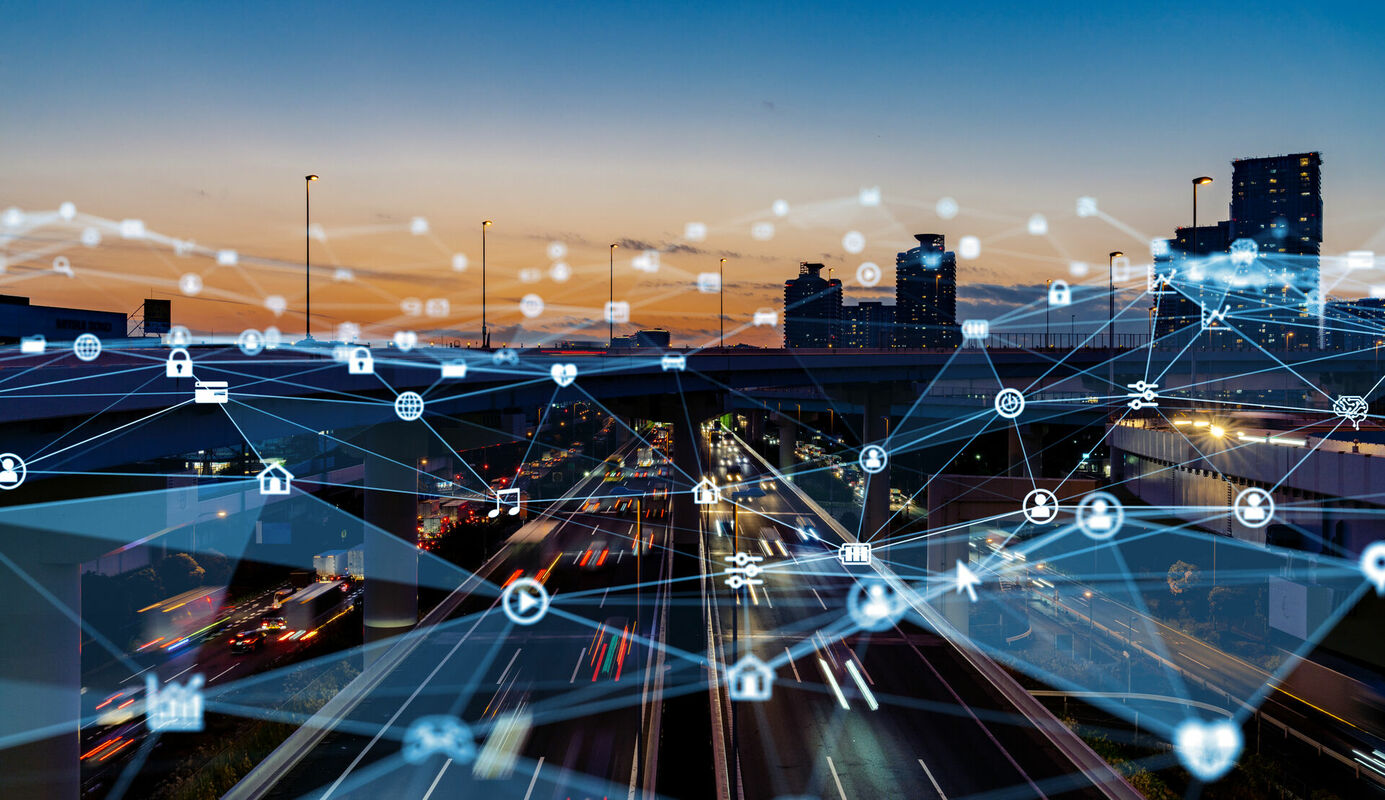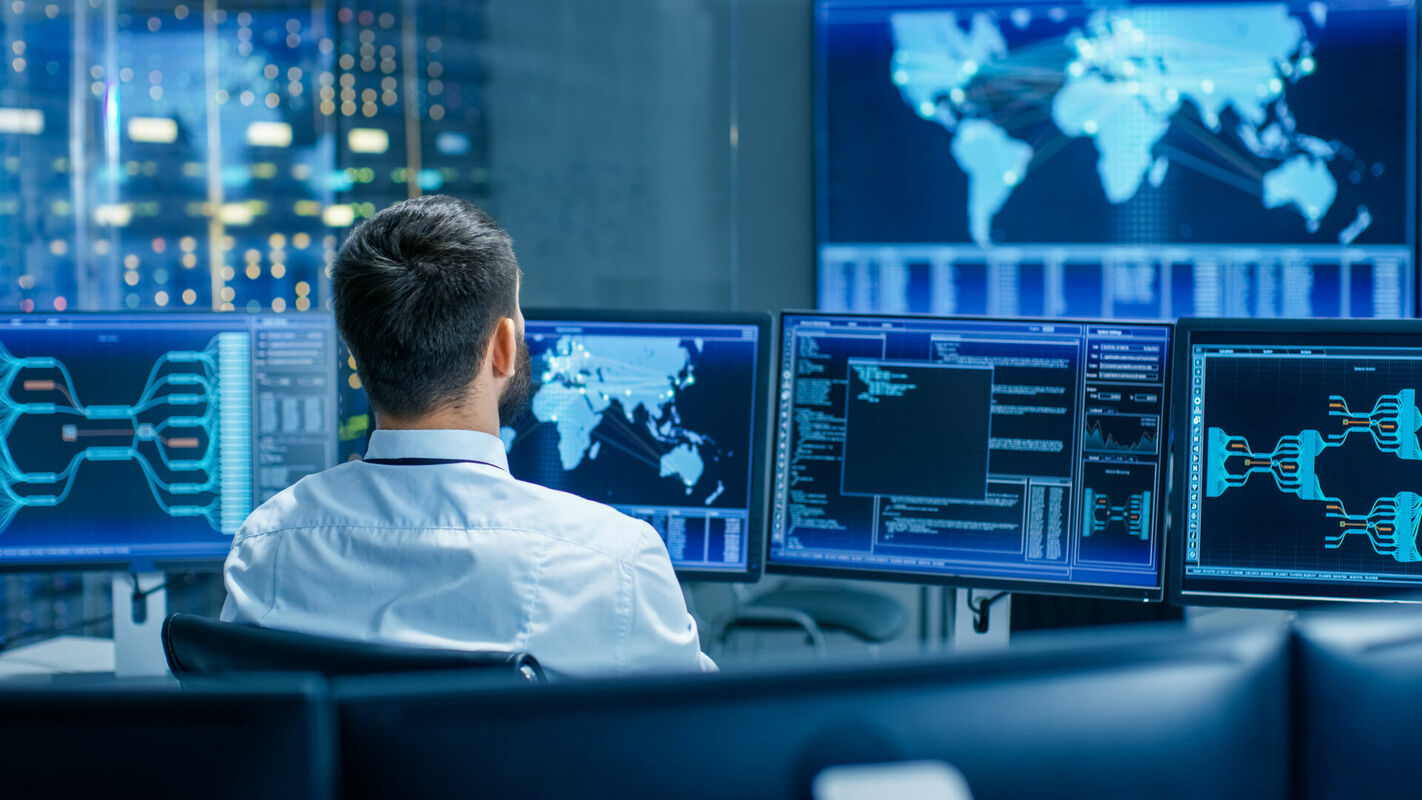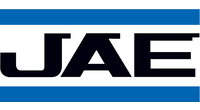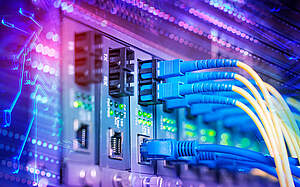Industry 4.0 – Connected, Automated, Safe and Convenient
Paradigm shift through the Industrial Internet of Things (IIoT)
Innovations, an optimized cost-benefit calculation and the shortest possible time-to-market are the decisive points for successful market participation. Industry 4.0 enables companies to implement more efficient and effective production processes and offers competitive advantages.
Intelligent Control for the Production of the Future
Digitalization in industrial environments offers new organizational and control possibilities for all manufacturing processes. Innovative forms of work create the framework conditions for the intelligent linking of people, machines and processes. Core elements are fast and interface-free communication, data security and protection.
Two specific challenges arise from the human centered approach:
- The design of applications has to be very user-friendly. Therefore, it is reasonable to integrate knowhow and experience of different user groups in the design and development process.
- Systematically planned systems for digital learning and assistance, as well as individual training and coaching programs for existing employees facilitate the transition to Industry 4.0.
The cooperation with Rutronik offers access to an extensive portfolio of innovative components. In addition, customizable "Rutronik System Solutions" based on in-depth knowledge pave the way for the realization of Industry 4.0.
Fields of application:
- Edge computing
- Emerging digital interfaces (AR/VR/360°/Holograms/Mixed Reality)
- HMI
- M2M
- Speech recognition
- Time Sensitive networks
- Security
Any Questions? Get in Contact With Our Product Specialists


